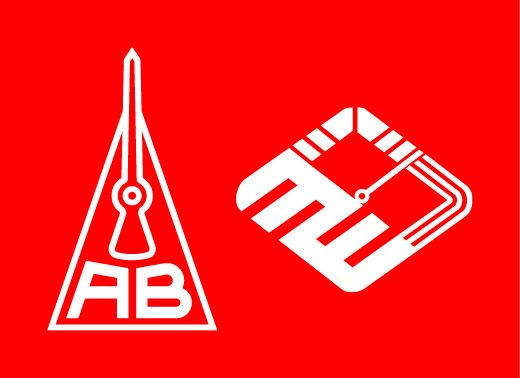Certificates and Approvals
DIN EN ISO 9001:2015
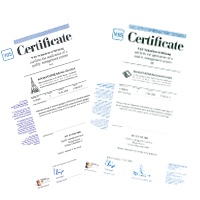
Internal Production Control according to Pressure Equipment Directive 2014/68/EU
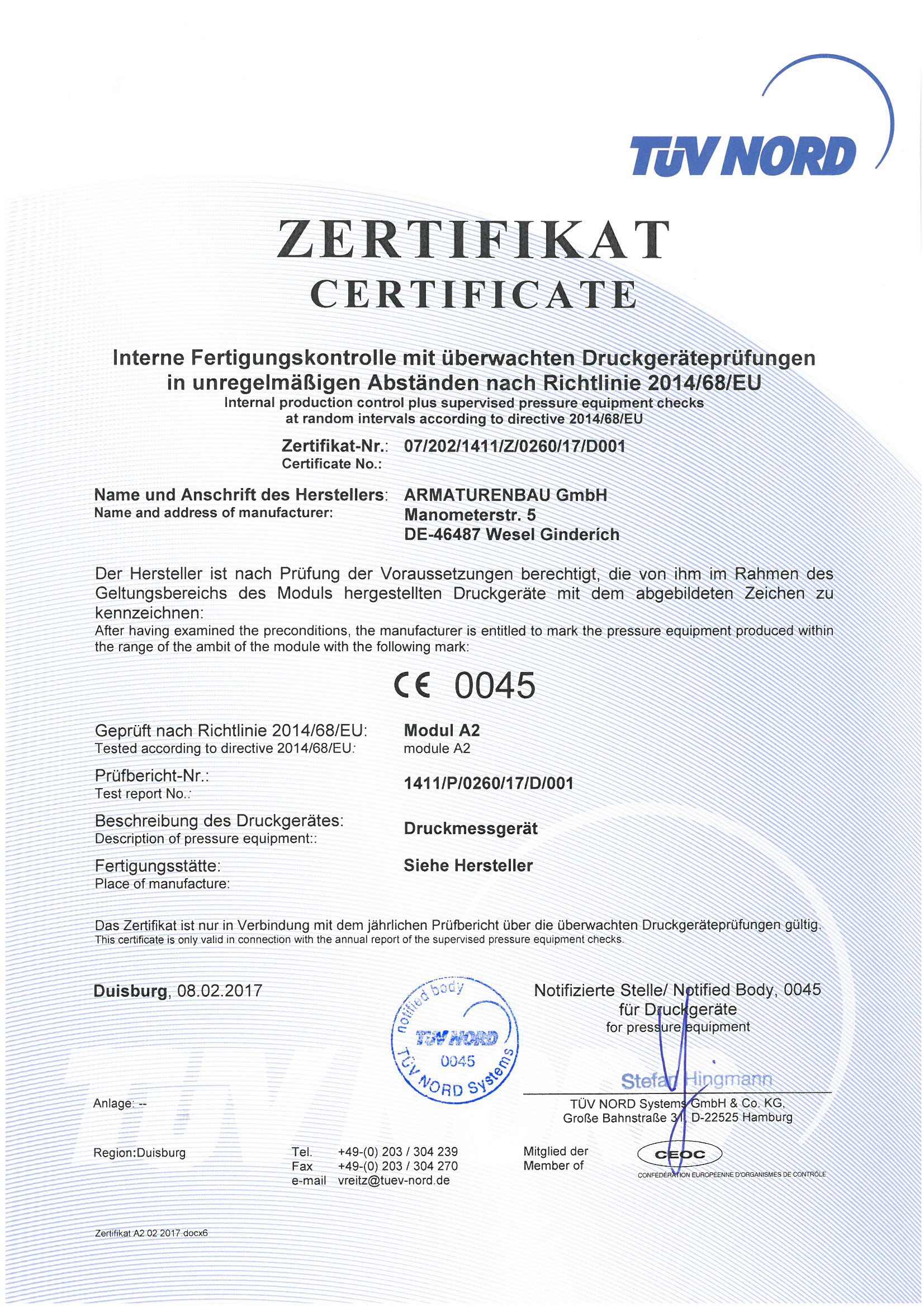
Module A2
The ARMANO Messtechnik GmbH is certified for the internal production control plus supervised pressure equipment checks at random intervals according to directive 2014/68/EU.- Internal Production Control - Certificate ARMANO Messtechnik GmbH - Location Wesel
- Internal Production Control - Certificate ARMANO Messtechnik GmbH - Location Beierfeld
ATEX
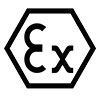
EHEDG - European Hygienic Equipment Design Group
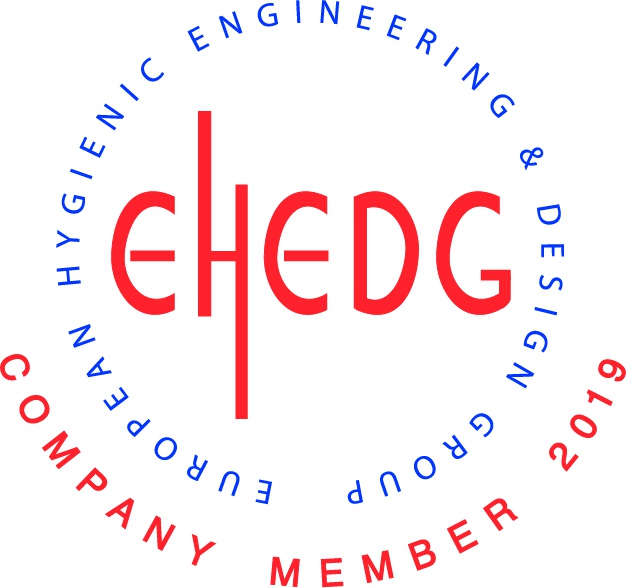
3A - Sanitary Standards - USA
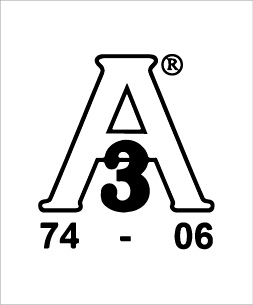
The 3-A Symbol, administered by 3-A SSI, is a registered mark used to identify equipment that meets 3-A Sanitary Standards for design and fabrication.
The 3-A standards are for the sanitary design, fabrication and cleanability of dairy and food equipment used to handle, process and package consumable products where a high degree of sanitation is required.
These sanitary standards are developed through the cooperative efforts of industry experts, equipment manufacturers, food and beverage product manufacturers and regulatory sanitarians. The goal of 3-A SSI is to protect consumable products from contamination and to ensure that all product surfaces can be mechanically (CIP) cleaned or easily dismantled for manual cleaning. The 3-A Standards have achieved worldwide recognition and acceptance.
FDA - Food and Drug Administration
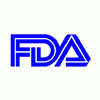
The FDA standard has been developed to ensure the quality of a product in the context of food safety and to encourage companies to produce high-quality products.
The origin of the product has to be verifiable at any time. In case of problems concerning the safety of a product, the FDA certificate can help to find the origin and thereby the source of the problem faster.
DNV GL
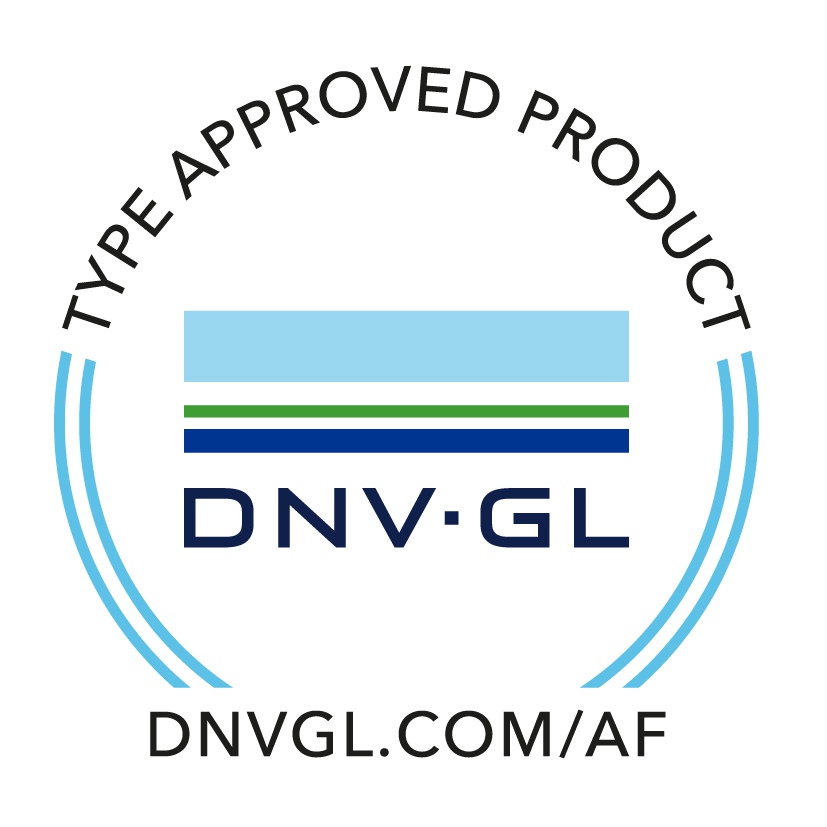
NACE - National Association of Corrosion Engineers
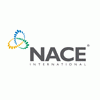
NACE (National Association of Corrosion Engineers) International is an organisation that has its primary focus on the topic corrosion in the broadest sense and that publishes its recommendations as NACE standard.
Both above-mentioned NACE standards describe the corrosion characteristics of metals in presence of hydrogen sulphide (H2S) under various corrosion mechanisms. The corrosion characteristics are subject to ambient conditions (pH-value, chloride content, H2S-concentration and temperature) as well as the maximum strength of the materials.
Focus of NACE MR 0103 is the hydrogen-induced stress cracking corrosion. It defines the requirements towards every single material and the maximum permissible temperature limit for the use in refineries.
Focus of NACE MR 0175 is the chloride-induced stress cracking corrosion. It defines the material requirements and temperature limits for the use in oil and gas production.
Hence, these standards help with the choice of the materials.
Important notice:
According to ISO 15156-1, the user has the responsibility of the selection of suitable materials.
GOST-Type certification Kazakhstan
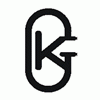
The GOST-Type certification for Kazakhstan is being carried out according to the same criteria as the GOST-Type certification for Russia.
SIL 2 / SIL 3 – Safety Integrity Level
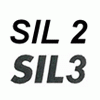
Operating safety
SIL or Safety Integrity Level is a safety integrity level and is directly based on the Norm IEC 61508.SIL can be defined as the measure for operating safety that allows a determination of the recommendations regarding the whole safety functions that are allocated to the electrical, electronic and programmable security systems.

